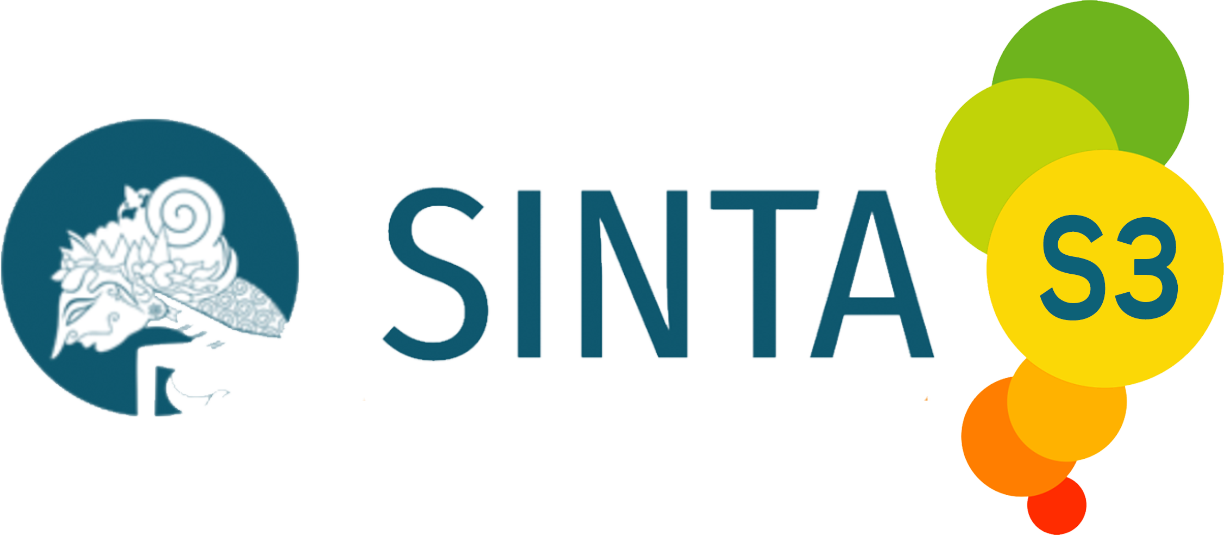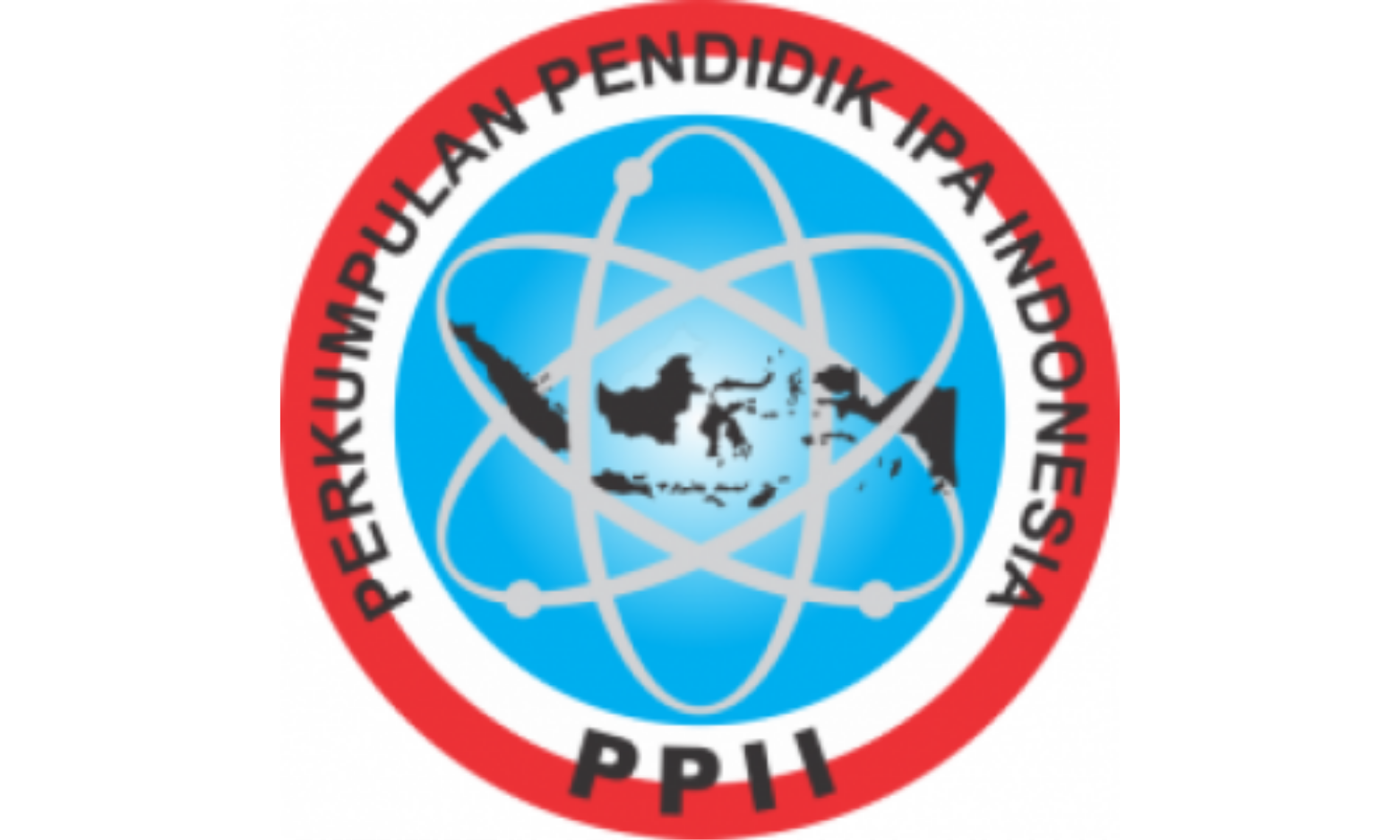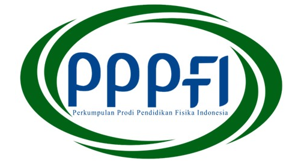THE INFLUENCE OF STUDENTS SELF-EFFICACY ON CLASSIC MECHANICS PROBLEM SOLVING ABILITY WITH THE POLYA MODEL
DOI:
https://doi.org/10.15575/jotalp.v8i1.23356Keywords:
Self Efficacy, Kemampuan Pemecahan Masalah, Model Polya, Mekanika KlasikAbstract
The concepts of Classical Mechanics mostly employ mathematics in their approach to the material, thus involving calculations with derivative and integral formulas. In order to make the problems presented in Classical Mechanics relatively easy to solve, a structured problem-solving procedure is needed. One such procedure that can be implemented is the Polya problem solving model. In addition, students’ self-efficacy in solving Classical Mechanics problems influence their level of success. The results of a survey on students of The Tadris Physics Department at UIN Syarif Hidayatullah Jakarta showed that there is a high and low influence of students' self-efficacy on the problem solving abilities of Classical Mechanics in students with the Polya model significantly (U = 50.500 and p-value = -5.788/2 = -2.894, this score is less than 0.05 (-2.894 < 0 .05) and Asymp.Sig = 0.000 < 0.05).
References
Alwisol. 2012. Psikologi Kepribadian. Malang: UMM Press.
Bandura, A. 1997. Self-Efficacy: The Exercise of Control. New York: Freeman.
Barizah. (2020). Pengaruh Efikasi SDiri terhadap Regulasi Diri Mahasiswa yang Menghafalkan Al-Qur’an di HTQ UIN Malang. http://etheses.uinmalang.ac.id/18669 (diunduh pada 1 November 2022).
Bawa, I. K. (2019). Penerapan Problem Based Learning Berbantuan LKS untuk Meningkatkan Self-Efficacy dan Hasil Belajar Matematika. Journal of Education Action Research, 3(2), 90-99. Diakses pada 14 Desember 2022 pukul 09:10 WIB.
Dahar, R.W. 2011. Teori-teori Belajar dan Pembelajaran. Jakarta: Erlangga.
Dixon, H., Hawe, E., & Hamilton, R. (2020). The case for using exemplars to develop academic self-efficacy. Assessment & Evaluation in Higher Education, 45(3), 460-471. Diakses pada 14 Desember 2022 pukul 09:00 WIB.
Dzulfikar, A. (2019). Pengaruh Bahan Ajar Berbasis Self-Efficacy pada Pembelajaran Statistika SMP terhadap Kecemasan Matematika Siswa. Numerical: Jurnal Matematika Dan Pendidikan Matematika, 1-8. Diakses pada 14 Desember 2022 pukul 09:14 WIB.
Kelley, T. R., Knowles, J. G., Holland, J. D., & Han, J. (2020). Increasing high school teachers self-efficacy for integrated STEM instruction through a collaborative community of practice. International Journal of STEM Education, 7(1), 1-13. Diakses pada 14 Desember 2022 pukul 14:00 WIB.
Mardapi, Dj. & Setiawan, A. (2018). Penilaian Afektif. Yogyakarta: Parama Publishing.
Naqiyah, M., & Rosana, D. (2020). Developing Instruments to Measure Physics Problem Solving Ability and Nationalism of High School Student. International Journal of Instruction, 13(4), 921-936. Diakses pada 14 Desember 2022 pukul 13:55 WIB.
Nuraeni, S., Feronika, T., & Yunita, L. (2019). Implementasi Self-Efficacy dan Keterampilan Berpikir Kritis Siswa Pada Pembelajaran Kimia di Abad 21. Jambura Journal of Educational Chemistry, 1(2), 49-56. Diakses pada 14 Desember 2022 pukul 09:15 WIB.
Polya, G. (1985). How to Solve it. New Jersey: Princenton University Press.
Pujaningsih, P., & Ambarwati, U. (2020). Self efficacy changes in collaborative course for inclusive education preservice teachers. Jurnal Cakrawala Pendidikan, 39(1), 79-88. Diakses pada 14 Desember 2022 pukul 19:10 WIB.
Renaningtyas, W. (2017). Pengaruh Efikasi Diri dan Kemandirian Terhadap Keberhasilan Usaha Pada Anggota Komunitas. Jurnal Psikologi, 5(4), 462–471 (diunduh pada 1 November 2022).
Sanjaya, W. (2008). Model Pembelajaran Berorientasi Standar Proses Pendidikan. Jakarta: Kencana Prenada Media Grup.
Downloads
Published
Issue
Section
Citation Check
License
Journal of Teaching and Learning Physics is licensed under a Creative Commons Attribution-NonCommercial-NoDerivatives 4.0 International License








